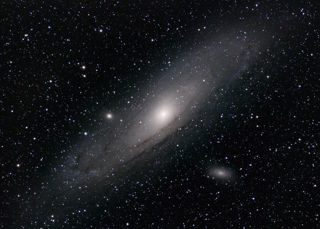
Congreve Rocket
Congreve Rocket
Congreve Rockets were first used in the Napoleonic Wars. Their design was based on rockets used against the British in 1780, during the Second Anglo-Mysore War in India. They were designed by Sir William Congreve, who by 1804 had begun studying and refining captured Indian rockets at the Royal Arsenal, Woolwich in London. Congreve’s earliest efforts produced an elongated, larger version of the Indian rockets, designed to be launched from ships.Congreve Rockets were made up of an iron case containing black powder, which was similar to gun powder in that it was made from sulphur, saltpetre and charcoal – but in different quantities. The black powder would be ignited via a fuse, which would provide the propulsion for the rocket. The rockets were attached to wooden guide poles to help stabilise their flight and were launched in pairs from half troughs on simple metal A-frames. A flintlock mechanism was triggered by pulling a long cord, which would trigger two fuses; one would ignite the black powder in the iron case creating the thrust, whilst the other fuse ran around the outside of the iron casing to ignite the warhead at the top.
Perhaps the most famous use of Congreve Rockets came in 1814, when they were fired from the British ship Erebus against the Americans at Fort McHenry in Baltimore, Maryland. The use of the rockets was immortalised in Francis Scott Key’s poem ‘The Star-Spangled Banner’, where he referred to the
“...rocket's red glare, the bombs bursting in air,
Gave proof through the night that our flag was still there”.
Key’s poem would go on to become the national anthem of the USA, commemorating the Congreve Rocket in American history.
All images:
-
![Congreve Rocket - Loaned by permission of the Royal Artillery Historical Trust]()
Congreve Rocket - Loaned by permission of the Royal Artillery Historical Trust -
![Rocket infantry in line of march and in action - William Congreve: The details of the rocket system, London, 1814: Plate 5]()
Rocket infantry in line of march and in action - William Congreve: The details of the rocket system, London, 1814: Plate 5 -
![Congreve Rockets on display - Loaned by permission of the Royal Artillery Historical Trust]()
Congreve Rockets on display - Loaned by permission of the Royal Artillery Historical Trust -
![Congreve Rockets on display - Loaned by permission of the Royal Artillery Historical Trust]()
Congreve Rockets on display - Loaned by permission of the Royal Artillery Historical Trust -
![Congreve Rockets on display - Loaned by permission of the Royal Artillery Historical Trust]()
Congreve Rockets on display - Loaned by permission of the Royal Artillery Historical Trust
More information
Object number
L2010-4
Location
Rocket Tower Level 1
Has this object been into space?
No
Material
Iron
Associated Person
Sir William Congreve
Object Production Date
Circa 1804
Object Production Organisation
Royal Artillery
Object Production Place
England
Woolwich
London
Credit Line
Loaned by permission of the Royal Artillery Historical Trust
On Display Status
On display
Copyright and Photos
Photography is shared via the license below.
However, some objects on this website are on loan to the National Space Centre and are being shared through the permission of their owners.
Commercial use of images from this website is not allowed without additional permissions being granted. To request permission to use images for purposes not covered in the license below, please contact [email protected]
Individual objects on loan to the National Space Centre may have additional copyright permissions, so advice should always be sought before use.
![]()
This work is licensed under a Creative Commons Attribution-NonCommercial 4.0 International License.






